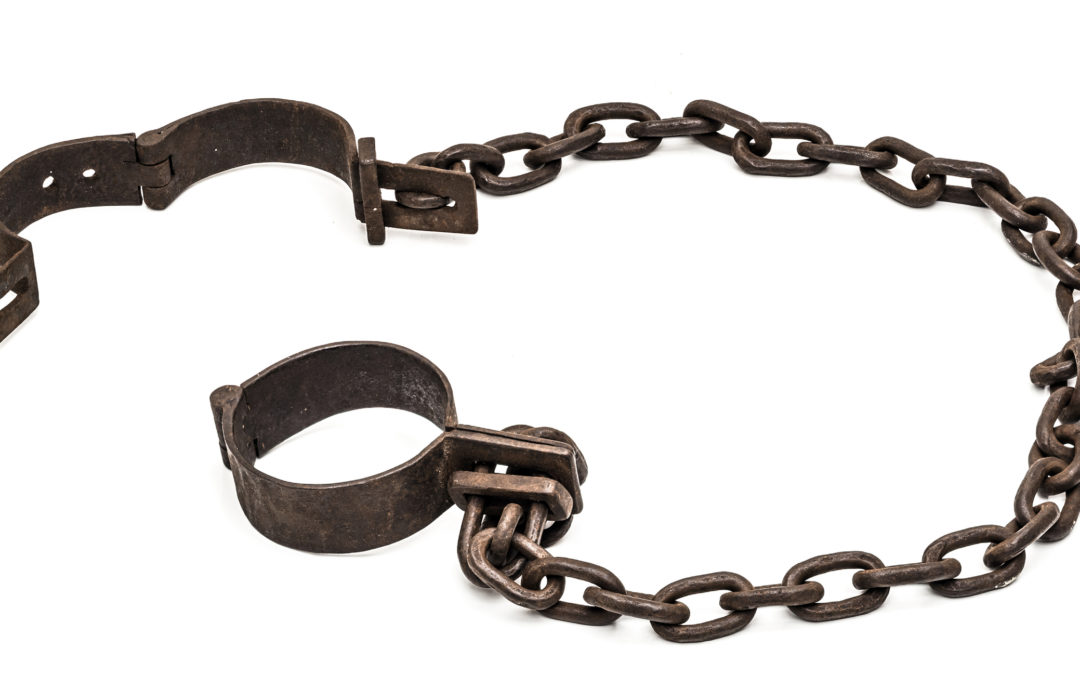VIDEO: Watch SIA 101.14: The Problem of Slavery in the American Founding – Part V (Video time: 53 minutes)
REQUIRED READINGS: None
TERMS, PEOPLE, & PLACES TO IDENTIFY
Where there is a time mark, the answer is provided at the time indicated in the relevant podcast or video. Where there is no time mark indicated, the student should look up in a book or perform an Internet search for the term, person, or place.
- Representation
- Chattel
- Lineage
- Pen name
- Publius
- Brethren
- Contradiction
- Vendible
- Ordinance
STUDY QUESTIONS
- Where in the United States Constitution is the three-fifth Clause found? (1:28)
- Summarize how the United States come to three-fifth Clause compromise. (4:20 – 11:30)
- Regarding representation and counting the population of a state, summarize how southern states wanted to handle enslaved humans and why. (4:20 – 11:30)
- Regarding representation and counting the population of a state, summarize how northern states wanted to handle enslaved humans and why. (4:20 – 11:30)
- In the discussion that led to the three-fifth Clause, was there an argument presented that slaves were not human beings? (11:29 – 13:20)
- Is skin color ever mentioned in the United States Constitution? (11:29 – 13:20)
- What is the only distinction made in the United States Constitution regarding “persons” (human beings)? (11:29 – 13:20)
- During the Constitutional Convention (1787) was there ever an argument made to count other types of property or beings as a persons? Why? (13:20 – 16:53)
- Why did states fight over counting slaves as part of a state’s population? (16:53 – 18:09)
- What would have been the possible consequences of not reaching the three-fifths Clause compromise? (18:09 – 24:40)
- Did the three-fifth Clause have anything to do with skin color? (24:40 – 28:00)
- Did the good ideas contained in the Declaration of Independence eventually have a cultural impact which eventually translated to policy change toward ending the institution of slavery? (28:00 – 29:00)
- What was the purpose of The Federalist Papers? (29:00 – 31:30)
- Who were the authors of The Federalist Papers? (29:00 – 31:30)
- In The Federalist Papers #54, authored by James Madison, who is the “speaker” of the piece? (31:30 – 33:31)
- Why was taxation and the number of slaves in a state tied together? (33:31 – 36:12)
- What contradiction existed in the laws of states that still practiced slavery? (36:12 – 37:30)
- According to the laws in southern slave states, describe some of the curious differences in the criminal laws regarding slaves. (37:30 – 44:50)
- In The Federalist Papers #54, what does James Madison conclude to be the reason slaves are treated unequally? (44:50 – 47:00)
- What was the purpose of the North West Ordinance? (47:00 – 52:30)
- What was the purpose of the Importation Clause? (47:00 – 52:30)

